 © UNHCR/Diego Ibarra Sánchez
© UNHCR/Diego Ibarra Sánchez
The situation of migrants and refugees in Europe
Last updated on Monday, 20/09/2021
Throughout history, people have migrated from one place to another. Everyday, migrants and refugees try to reach the EU to seek protection and a better life.
Some use legal ways, others risk their lives at sea, to escape from political oppression, war, natural disasters and poverty. What is the EU doing to tackle the migration crisis?
Understanding the difference between refugees and migrants
Refugees are people fleeing armed conflicts or persecution. They are recognised as such in their host country on the basis of a well-founded fear of persecution for reasons of race, religion, nationality, politics or membership of a particular social group. There were 25,9 million refugees worldwide at the end of 2018 according to UNHCR. In the EU, the qualification directive sets guidelines for assigning international protection to those who need it.
Asylum seekers are people who claim to be refugees but haven’t been recognised as such yet. Currently, they must apply for protection in the first EU country they enter. They receive refugee status or a different form of international protection only once a positive decision has been made by national authorities. This means that not every asylum seeker will be recognised as a refugee. In 2018, EU countries granted protection to almost 333,400 asylum seekers.
Migrants*, on the other hand, generally choose to move not because of a direct threat or persecution but mainly to improve their life: finding work, seeking better education, reuniting with family. Refugees are protected by international law, specifically the 1951 Refugee Convention, whereas national governments handle migrants under their own immigration laws and processes.
Check the videos created by the UNHCR on the difference between migrants and refugees, on Internally Displaced Person and on who helps refugees.
Fostering the integration of refugees and migrants in Europe
Alongside asylum policies, border protection programmes and humanitarian aid, the EU is supporting the integration of refugees in European societies, for instance through the Asylum, Migration and Integration Fund (AMIF).
Although the EU supports the development of effective integration strategies, the situation on the ground is very uneven across Member States. These problems sometimes get worse when young refugees turn 18 and the support networks they previously relied on disappear overnight. Furthermore the level of experience on integration issues differs across Member States.
The situation of migrants is also difficult. Evidence shows that migrants are disproportionately affected by unfavourable outcomes in terms of education, employment and access to basic services such as healthcare and decent housing (you can read more about this in the EU Youth Report 2015, in the section on inclusion).
In times when discrimination, prejudice, racism and xenophobia are rising, there are legal, moral and economic imperatives to uphold the EU's fundamental rights, values and freedoms and to work for more cohesive societies.
What about young people with a migrant background?
Students with a migrant background often face difficulties in adjusting to a new learning environment. The social inclusion of all young people, including those from a migrant background, is a priority of the EU Youth Strategy (2019-2027).
Since 2016, the European Commission has been supporting EU Member States in their efforts to integrate migrants in their education and training systems, from early childhood education and care to higher education. The Commission Action Plan on the integration of third country nationals identified three priorities for education:
- to integrate newly arrived migrants into mainstream education structures as early as possible
- to prevent underachievement among migrants
- to prevent social exclusion and foster intercultural dialogue.
The Erasmus+ programme provides funding to projects and other activities for the integration of migrants in all sectors of education and training. Strategic partnerships are aimed at the development of innovative educational practices and promoting transnational cooperation. Erasmus+ also supports capacity-building in higher education in partner countries which are particularly affected by the consequences of migration.
The EU is also co-funding the SIRIUS network on migrant education that supports the education of children and young people with a migrant background through strategic activities at national and international level.
Finally, the Commission has offered over 100,000 refugees and newly arrived migrants access to Online Linguistic Support, a free online language learning platform helping individuals integrate into their host society.
What can you do to support the inclusion of migrants and refugees?
There are several ways to get involved. You can start by checking “The contribution of youth work in the context of migration and refugee matters”, a practical toolbox where you can find available funding opportunities.
Also, the European Youth Forum offers good opportunities for meaningful engagement in this subject.
You can contribute to local initiatives, support campaigns against racism such as “World Refugee Day” on the 20th of June and the No Hate Speech Campaign, or just by being open minded with others.
If you are part of a youth organisation or if you wish to join a project that fosters intercultural understanding, solidarity and participation, the EU provides different funding opportunities. Here are some:
- Erasmus+ offers a variety of grants for learning mobility projects. You can for example organise or take part in youth exchanges that involve working with refugees or migrants. Erasmus+ Sport also provides grants to local sport projects focused on the integration of refugees through its call “Sport as a tool for integration and social inclusion of refugees”. They also reward the best projects through the annual #BeInclusive EU Sport Awards. If you want to know more how your organisation can get involved, contact the national agency in your country.
- The European Youth Foundation from the Council of Europe also offers funding to local, national and European youth organisations. It grants everything from local educational activities on human rights, awareness raising activities related to non-discrimination, to European projects on inclusion, participation and training for youth organisations working with young refugees.
- The EU Creative Europe programme, supports projects promoting social inclusion, integration, intercultural dialogue and the fight against xenophobia and prejudices. Culture can be a means for refugees and migrants to meet, communicate with and become part of existing communities.
- With the European Solidarity Corps, young people can volunteer or work in solidarity activities and/or build their own solidarity projects in their own country or abroad. European Solidarity Corps activities can last from two to twelve months. They are usually located within the European Union Member States.
* There is ambiguity about the wording "migrant", which does not have a legal value. At international level, no universally accepted definition for 'migrant' exists. You can read more about it in the European Migration Network glossary here.
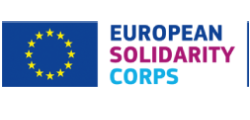 European Solidarity Corps
European Solidarity Corps DiscoverEU
DiscoverEU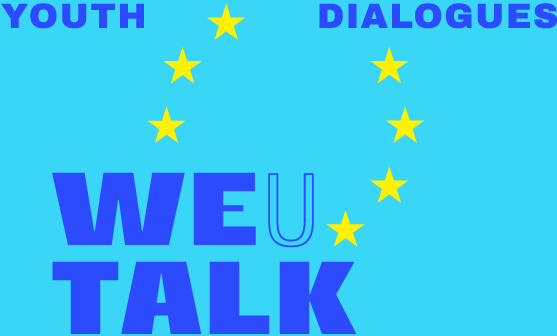 Youth Policy Dialogues
Youth Policy Dialogues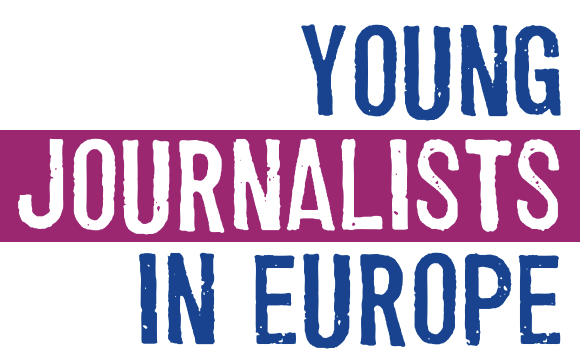 Young Journalists in Europe
Young Journalists in Europe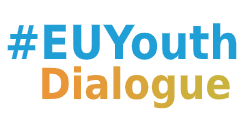 EU Youth Dialogue
EU Youth Dialogue Erasmus+
Erasmus+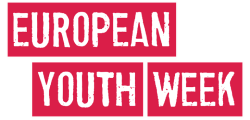 European Youth Week
European Youth Week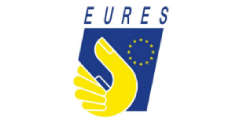 Eures
Eures Year of Youth
Year of Youth